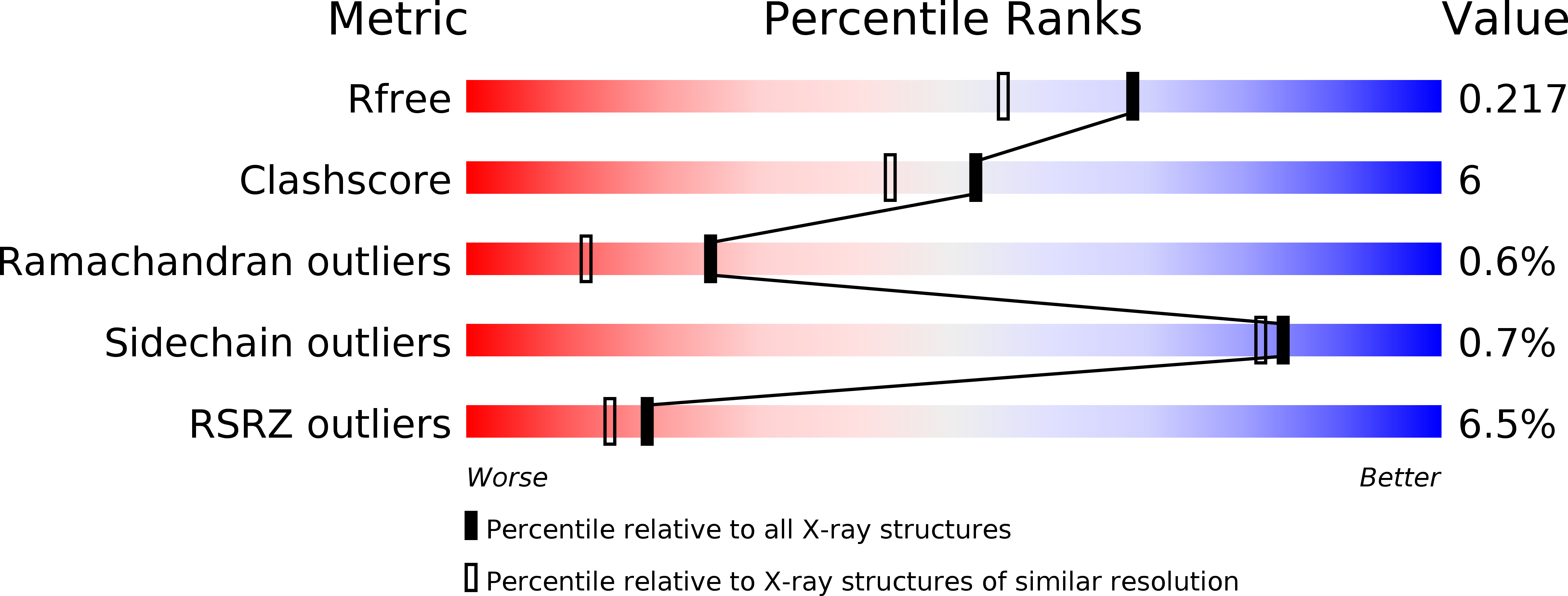
Deposition Date
2011-11-30
Release Date
2012-12-12
Last Version Date
2024-10-23
Method Details:
Experimental Method:
Resolution:
1.80 Å
R-Value Free:
0.21
R-Value Work:
0.17
R-Value Observed:
0.17
Space Group:
I 2 2 2


